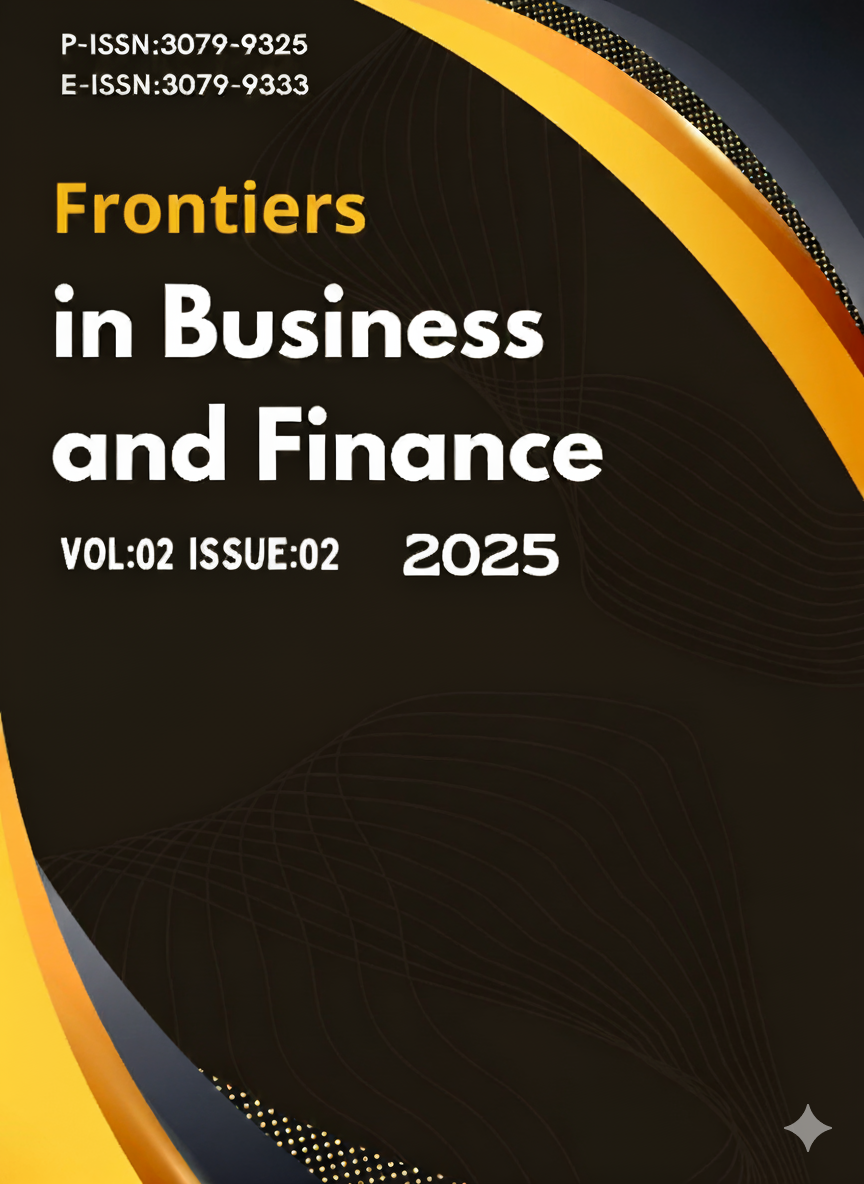A Knowledge Graph-Enhanced Multimodal AI Framework for Intelligent Tax Data Integration and Compliance Enhancement
DOI:
https://doi.org/10.71465/fbf384Keywords:
knowledge graph, multimodal AI, tax compliance, differential privacyAbstract
Tax administration in the era of digital transformation confronts substantial challenges in integrating and interpreting heterogeneous, multimodal data at enterprise scale. This study proposes a knowledge graph-based multimodal artificial intelligence framework that combines computer vision, natural language processing, and tabular modeling to deliver end-to-end analysis of invoice images, financial texts, and transactional records. At its core, the framework builds a tax-specific knowledge graph that connects transaction entities, voucher attributes, and regulatory terms, and applies graph neural networks for semantic alignment and reasoning. To address privacy and governance constraints, the framework integrates federated learning and differential privacy to protect sensitive financial data while enabling collaborative model improvement. Explainable AI methods generate warning signals and traceable evidence chains for auditors and accountants. We validate the framework using a simulated audit scenario of a medium-sized manufacturing enterprise in a remote, underdeveloped region of the United States that processes over 100,000 invoices annually. The results demonstrate automated linkage of invoice-level details to relevant regulations (for example, value-added tax deduction rules where applicable), extraction of textual anomalies such as duplicate deductions, detection of approximately 15 percent potential compliance risks under privacy protection, and visualized evidence traceability. Preliminary experiments show a 70 percent reduction in processing time and an error rate below 2 percent, indicating significant audit efficiency gains and the potential to reduce labor costs and disputes. The approach offers scalable implications for national tax administration and can be adapted to other industries to advance intelligent tax governance.
Downloads
Downloads
Published
Issue
Section
License

This work is licensed under a Creative Commons Attribution-NonCommercial-NoDerivatives 4.0 International License.




